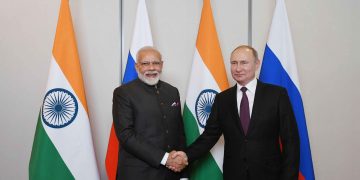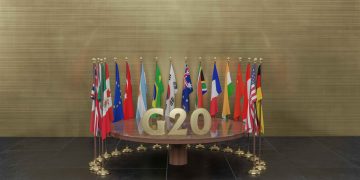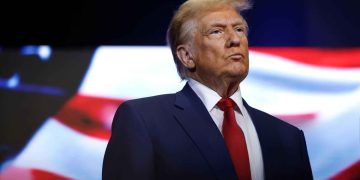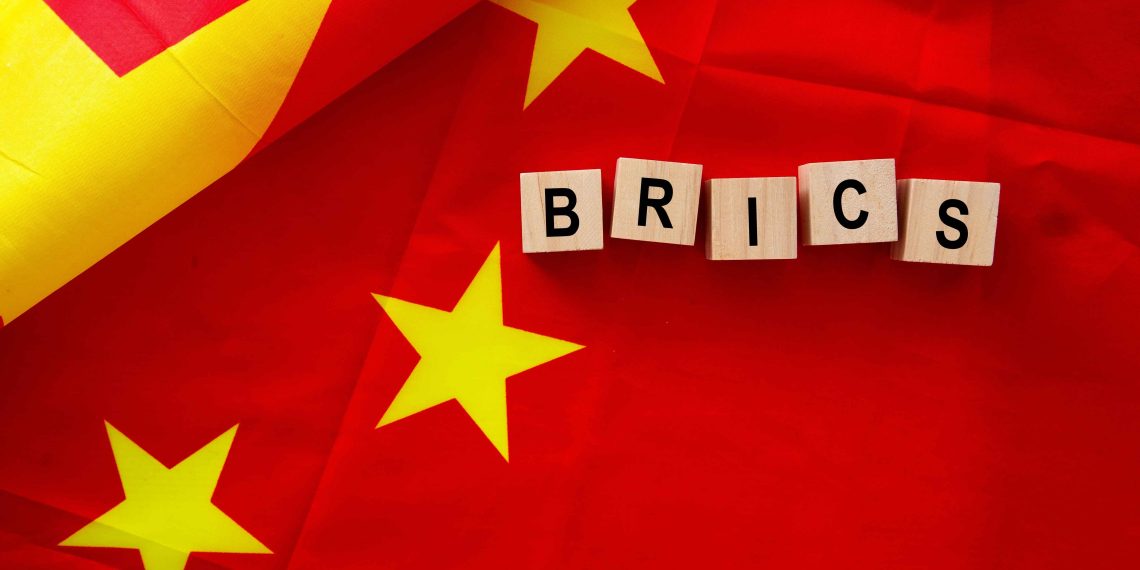BRICS, an influential intergovernmental organization that includes Brazil, Russia, India, China, and South Africa, spans about 27% of the world’s land area and 42% of the global population. The combined nominal GDP of the BRICS nations is approximately $28 trillion, with a total GDP (PPP) of around $57 trillion and foreign reserves estimated at $4.5 trillion as of 2018.
At the 15th BRICS Summit in August 2023, held in South Africa, the organization extended invitations to six emerging markets—Argentina, Egypt, Ethiopia, Iran, Saudi Arabia, and the United Arab Emirates—to join its ranks. Full membership for these countries is set to commence on January 1, 2024.
Membership Applications
Fourteen nations have formally expressed interest in joining BRICS: Algeria, Bahrain, Bangladesh, Belarus, Bolivia, Cuba, Honduras, Kazakhstan, Kuwait, Pakistan, Palestine, Senegal, Thailand, Venezuela, and Vietnam. Additionally, countries such as Afghanistan, Angola, Comoros, DR Congo, Gabon, Guinea-Bissau, Libya, Mexico, Myanmar, Nicaragua, Serbia, South Sudan, Sudan, Syria, Tunisia, Turkey, Uganda, Uruguay, and Zimbabwe have shown interest.
Potential for Major Growth
With the upcoming inclusion of seven new members in January 2024 and a potential expansion to approximately 50 countries, BRICS is poised to become a major international platform, second only to the UN. This expansion signifies a move away from Western dominance and positions BRICS as a formidable global alliance with substantial economic impact.
Key BRICS Initiatives
- New Development Bank (NDB): The NDB, established by BRICS, focuses on financing infrastructure projects with an annual lending capacity of up to $34 billion. Initially funded with $50 billion, the bank’s capital has grown to $100 billion. The NDB, supported by Brazil, Russia, India, China, and South Africa, currently manages 53 projects worth around $15 billion.
- BRICS Contingent Reserve Arrangement (CRA): Created in 2015, the CRA offers financial stability against global liquidity challenges and currency fluctuations, serving as an alternative to the International Monetary Fund (IMF) and fostering South-South cooperation.
- BRICS Payment System: Initiated in 2015, this system aims to develop alternatives to SWIFT and facilitate transactions in national currencies. Key components include China’s Cross-Border Interbank Payment System, India’s Structured Financial Messaging System, Russia’s SPFS, and Brazil’s Pix.
- Potential Common Currency: Discussions at the 2023 BRICS summit explored the feasibility of a common currency to reduce reliance on the US Dollar and simplify international trade.
- BRICS Partnership on New Industrial Revolution (BPI): Launched in December 2020 in Xiamen, China, the BPI focuses on policy coordination, training, and project development related to the Fourth Industrial Revolution. It aims to advance BRICS cooperation in areas such as smart manufacturing, new materials, artificial intelligence, and sustainable development.
The BPI is a significant initiative that enhances BRICS cooperation and innovation, addressing the digital divide, and promoting green development. It highlights China’s pivotal role and dedication to expanding BRICS’ global influence and capabilities.





















